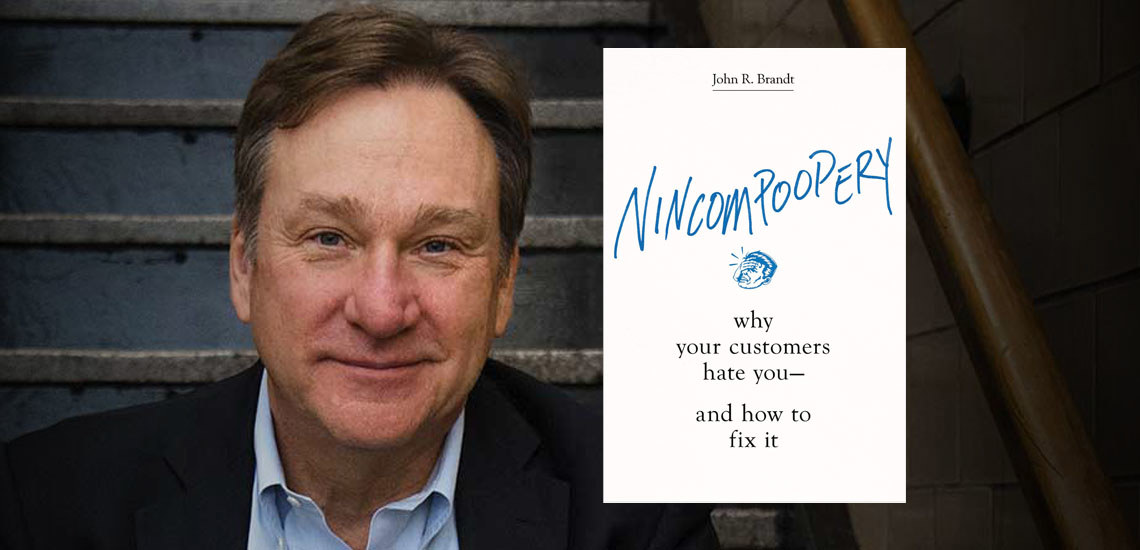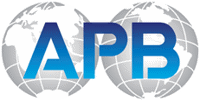Fast Adaptation to a Remote Workplace: Guest Post from John Brandt
02 Apr 2020

Managing Tomorrow’s Employees Today: Embracing Technology and the New Workforce | By John Brandt
There’s no precedent for the disruption in daily life and organizations driven by the COVID-19 pandemic. Millions of workers and tens of thousands of executives and managers find themselves isolated, worried, and alone as they try to protect their health and that of loved ones and colleagues — not to mention society at large. At the same time, they’re trying to be productive for their organizations while working alone at home or in restricted conditions at work.
It's no wonder that stress and anxiety levels can seem overwhelming.
Fortunately, there are proven ways that leaders can reassure their teams and keep productivity on track at work — even remotely. In Fast Adaptation to a Remote Workplace: Managing Tomorrow’s Employees Today: Embracing Technology and the New Workforce, Leadership Expert and Author John Brandt draws on research across more than 50,000 organizations and business units to detail specific strategies and tactics — the 3 Ps of Remote Productivity— that keep dispersed teams on track. This is vital because many leaders make the mistake of focusing solely on the practical aspects of remote productivity (e.g., conference software, VPNs), while ignoring the far more important aspects of PURPOSE, PEOPLE, and PROCESS. Brandt will explore case studies that illustrate how to deploy this remote leadership strategy at organizations of every size in every industry. Key themes and topics include:
- P1: PURPOSE:Even the best of times, employees look to leaders for guidance — not just strategy, but the meaning behind strategy. This includes why an organization exists; what its greater purpose is; and how each employee's contribution to that PURPOSE makes customers’ lives — and society in general — better. In a time of unprecedented fear and worry, this is more important than ever; start by investing 20% of your time into reinforcing the importance of each individual's contribution — and how they can make a difference.
- P2: PEOPLE:After meaning, leaders must focus on relationships — not just between themselves and workers, but also on those connections among colleagues and with customers and suppliers. This requires more than just arranging conference calls or checking in on individuals; leaders must also think deeply about how changes in work and work circumstances affect employees’ perceptions of their own status and relationships in regards to the firm and to their peers. If you don't manage this, you may see resistance to the changes your organization needs to survive — even if those changes are in employee's best interests “The key to the problem is to understand the true nature of resistance,” wrote Paul Lawrence, a sociologist and professor at the Harvard Business School. “Actually, what employees resist is usually not technical change but social change—the change in their human relationships that generally accompanies technical change.” Invest 50% of your time on your people and their relationships.
- P3: PROCESS: Now that you’ve built a foundation for success by investing in PURPOSE (meaning) and PEOPLE (relationships), you can focus on productivity (process). Leading a remote workforce requires radical innovations in how goals are set and how teams collaborate. Done well, this reinvention of work can boost productivity and employee satisfaction — but requires abandoning legacy procedures that no longer makes sense. More importantly, leaders can’t do this alone; they must share authority with their teams in new ways. Invest 30% of your time here.
___
John R. Brandt, CEO and founder of The MPI Group, has devoted more than two decades to studying leadership in effective, purpose-driven organizations. An expert on how companies can adapt themselves to the realities of new markets, new corporate structures, and new customer expectations, Brandt is an accomplished management innovator and an internationally recognized expert on manufacturing and technology. His latest book is Nincompoopery: Why Your Customers Hate You—And How to Fix It.
